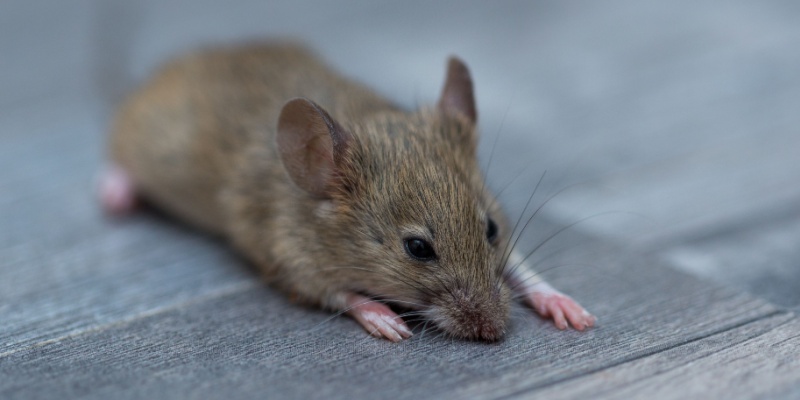Few things are more unsettling than suspecting you have uninvited guests in your house—especially if those guests are mice. These tiny rodents are skilled at slipping indoors through the smallest cracks and crevices. Once inside, they can cause property damage, spread disease, and disrupt your peace of mind. But how do you know for sure that you have mice in your home?
1. Droppings and Urine Stains
One of the most common signs of mice is the presence of droppings. Mouse droppings are small, dark, and pellet-like, often found near food sources, behind appliances, or along baseboards. They tend to be numerous, as mice are quite active at night. Urine stains might be harder to detect visually but may produce a distinctive, musky odor. If you notice a persistent smell you can’t quite place, it might be time to look closer.
2. Gnaw Marks and Damage
Mice need to gnaw constantly to keep their teeth from overgrowing. As a result, you may find chew marks on wood, plastic, cardboard, or even electrical wires. Look for signs of tearing on food packaging or small holes in pet food bags. The presence of shredded paper or fabric used for nesting is another clear indicator.
3. Noises in the Night
Mice are nocturnal creatures, most active when you’re trying to sleep. Pay attention to scratching, scurrying, or squeaking sounds inside your walls or ceilings, usually heard during quiet nighttime hours. These noises can be particularly noticeable in attics, basements, and crawl spaces.
4. Tracks and Smudge Marks
If mice have been traveling along the same pathways, they may leave behind subtle footprints in dusty areas. You might also notice smudge marks—dark, greasy streaks along walls and floors—where their fur has rubbed off. If you’re not sure, sprinkle a bit of flour on the floor overnight near suspected entry points and check for tiny footprints in the morning.
5. Nests and Burrows
Mice prefer to nest in warm, concealed areas close to food and water. They might use shredded paper, fabrics, or insulation to build their nests. Common nesting spots include the back of kitchen cabinets, attics, basements, and inside wall voids. Finding a nest is a sure sign that mice have made themselves at home.
6. Unexplained Pet Behavior
If you have pets, pay attention to their behavior. A cat staring intently at a spot on the wall or a dog sniffing persistently under the stove could indicate that there’s a mouse hidden away nearby. Pets can often sense what we cannot.
7. Professional Inspection
If you suspect mice but aren’t certain, consider reaching out to a professional pest control service. Companies like Alabama Termite and Pest Services know exactly what signs to look for. A trained technician can confirm whether mice are present, identify entry points, and recommend a course of action.
Next Steps
The first step in dealing with a mouse infestation is identifying that you have one. Recognizing the signs—droppings, noises, chew marks, and more—will guide your next move. Once you confirm mice are in your home, you’ll want to act promptly. Professional exterminators can remove the current infestation and help seal entry points to prevent future visits. By staying alert and taking swift action, you can regain control of your home and keep it mouse-free.

